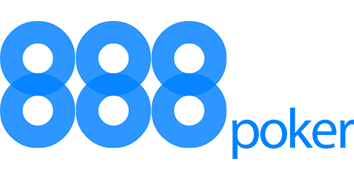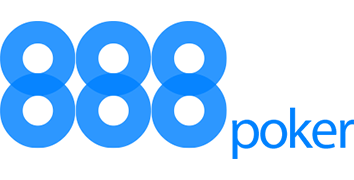In online poker, discerning your opponent's tactics is key. You glean insights from their timing, bet sizes, and past plays. Part of this information is visible in-game, while statistics from tracking software provide more. Your poker notes on players are crucial. They notes can guide decisions like for a bluff, folding preflop with strong hands, or making strategic bets.
Understanding what to note is essential. Focus on patterns that reveal a player's strategy, such as their response to different bet sizes or game positions. This "marking" of opponents enhances your play by informing your strategy with past observations. This guide is for online games only, since writing notes in live games is almost unheard of.
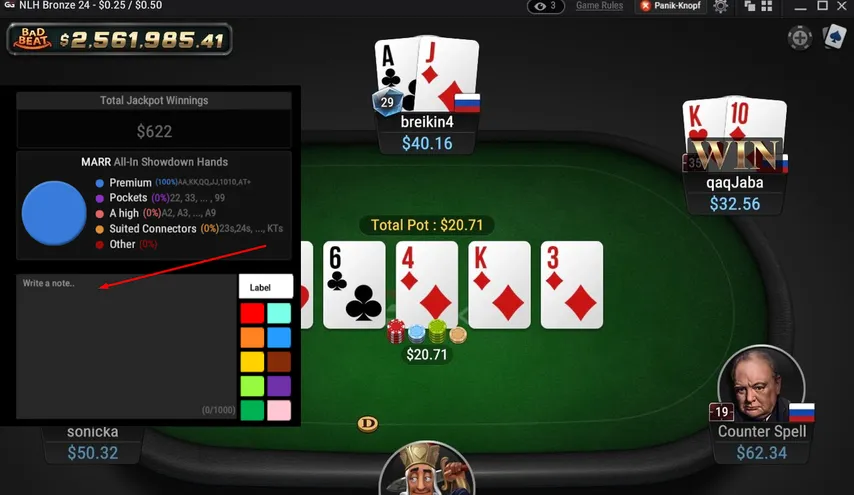
For efficiency, consider a poker notes app. These apps simplify note-taking, allowing you to record observations quickly without losing focus. They also enable easy access to your notes across devices, ensuring your insights are always at hand.
Poker notes are a strategic asset, offering a competitive edge by enabling informed decisions based on historical player behavior. Adopting a consistent approach to taking poker notes, and possibly integrating a poker notes app, can significantly improve your online poker performance.
What are Poker Notes?
Poker notes are observations about an opponent, made by you or automatically by software (not in live games). These notes can contain key information for making decisions in future hands against this opponent.
Taking notes is useful not only at cash tables, where you often face the same opponents, but also in tournaments. Regularly encountering familiar players means additional information is beneficial.
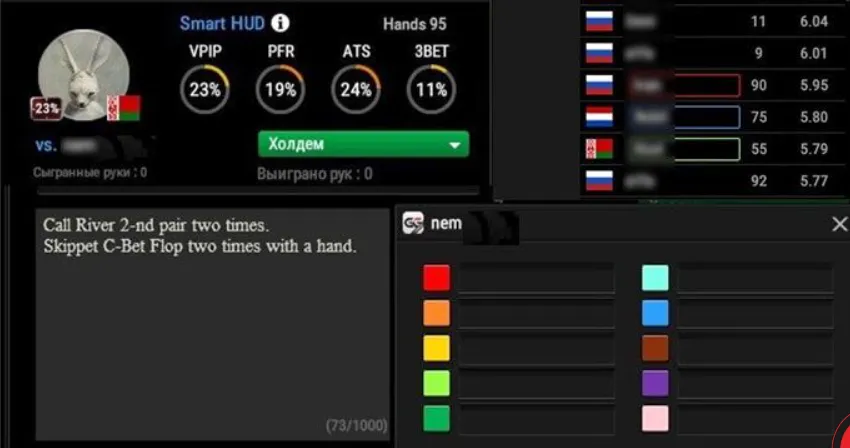
Notes in poker fall into three categories:
- Text Notes: Detailed observations accessible via a separate window or pop-up by clicking on an opponent's avatar.
- Colored Labels: Provide immediate visual cues at the table, highlighting the opponent's nickname and avatar in a specific color.
- Statistical Notes: Automatically generated by tracking software or built-in tools of the poker room, offering statistical information either displayed in real-time or through a click.
The Importance of Poker Notes
In poker, advanced players often deviate from straightforward play, employing varied strategies to mislead opponents. In these instances, poker notes are invaluable, capturing patterns of past behavior that may recur.
Another compelling reason for note-taking is the absence of statistical data.
Certain poker platforms prohibit auxiliary software that provides opponent statistics, unlike 888poker. In such environments, manually noting down peculiarities in an opponent's play is the only method to retain strategic insights, so you should be doing it.
Guidelines for Effective Note-Taking
As you gain experience, you'll recognize the importance of notes that get straight to the point.
Be concise because time is limited during play. Employ abbreviations and focus on the crux of the information. For instance, "raise JTo from UTG with 30 BB" concisely indicates a player's loose preflop play, a critical insight for future hands.
Be objective and only document only verified facts. Pay attention to atypical plays, strategies in significant pots, and 3-bet pots.
Be up-to-date and prioritize recent notes. Older notes may not reflect the current playing style of your opponents. If you notice that your notes aren’t updated, delete them or write that the information is older.
Tracking Results: Use specialized services like SharkScope to monitor player performance. This data is particularly valuable in the later stages of a tournament, providing a strategic advantage.
What to Exclude from Your Notes
Not all observations are worth noting. Avoid including:
- Bluffing Frequency: Without observing a broad range of hands, assumptions about bluffing tendencies are speculative and potentially misleading.
- Hand Count: The number of hands played together is typically tracked by software. Noting that you've played 150 hands with someone at an MTT's early stage offers little strategic value.
- Player Typing: Describing a player as "aggressive" is redundant if tracking software already provides this information. Instead, use color-coding for quick reference.
How to Utilize Colored Markers and Labels in Online Poker
In the realm of online poker, players often employ color notes (markers) to categorize opponents, though preferences on their use vary. Most poker platforms facilitate the use of color coding at the table. Here are some foundational guidelines:
- Yellow signifies outdated information that might not accurately reflect the current play style of the opponent.
- Green denotes a less skilled player, often referred to as a 'fish,' from whom winning chips is generally easier.
- Blue represents a player who is slightly more skilled than a 'fish' but is still considered an easy target for winning chips.
- Blue also indicates an average poker player who poses a moderate challenge. Such a player doesn't perform spectacularly but warrants caution as they might surprise you.
- Purple is used for a 'regular'—a competent opponent who requires a strategic approach to play against.
- Orange marks an unknown player, making it challenging to predict their strategy based on their calls or raises.
Programs for Collecting Poker Statistics and Data
Poker software, or trackers, enhance gameplay by providing statistics on opponents and streamlining the note-taking process. These tools offer insights into an opponent's play style by analyzing metrics like hand count, aggression level, and win rate at showdown.
Popular poker statistics programs include:
- Hold'em Manager 3: A leading statistics collection tool offering a 14-day trial. The paid version starts at $60 for lower limits.
- PokerTracker 4: Comparable to Hold'em Manager in functionality, with added support for Mac OS users.
- Hand2Note: A newer option developed by Russian programmers, available via a paid subscription with plans ranging from one month to a year. Prices start at $29 per month, though a free version is available offering basic features without limitations.
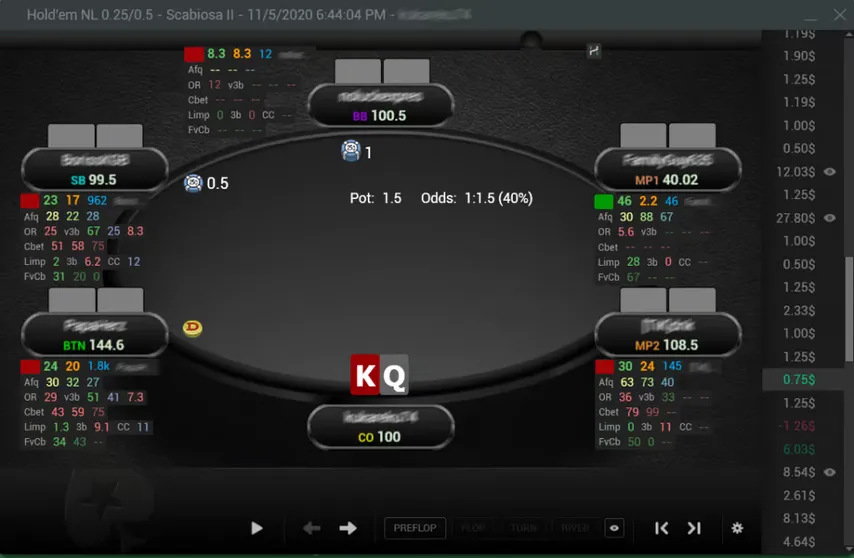
These tools, among others, are available for purchase at the GipsyTeam store, potentially at a discount. GipsyTeam's support team also provides complimentary assistance with software installation and configuration.

















